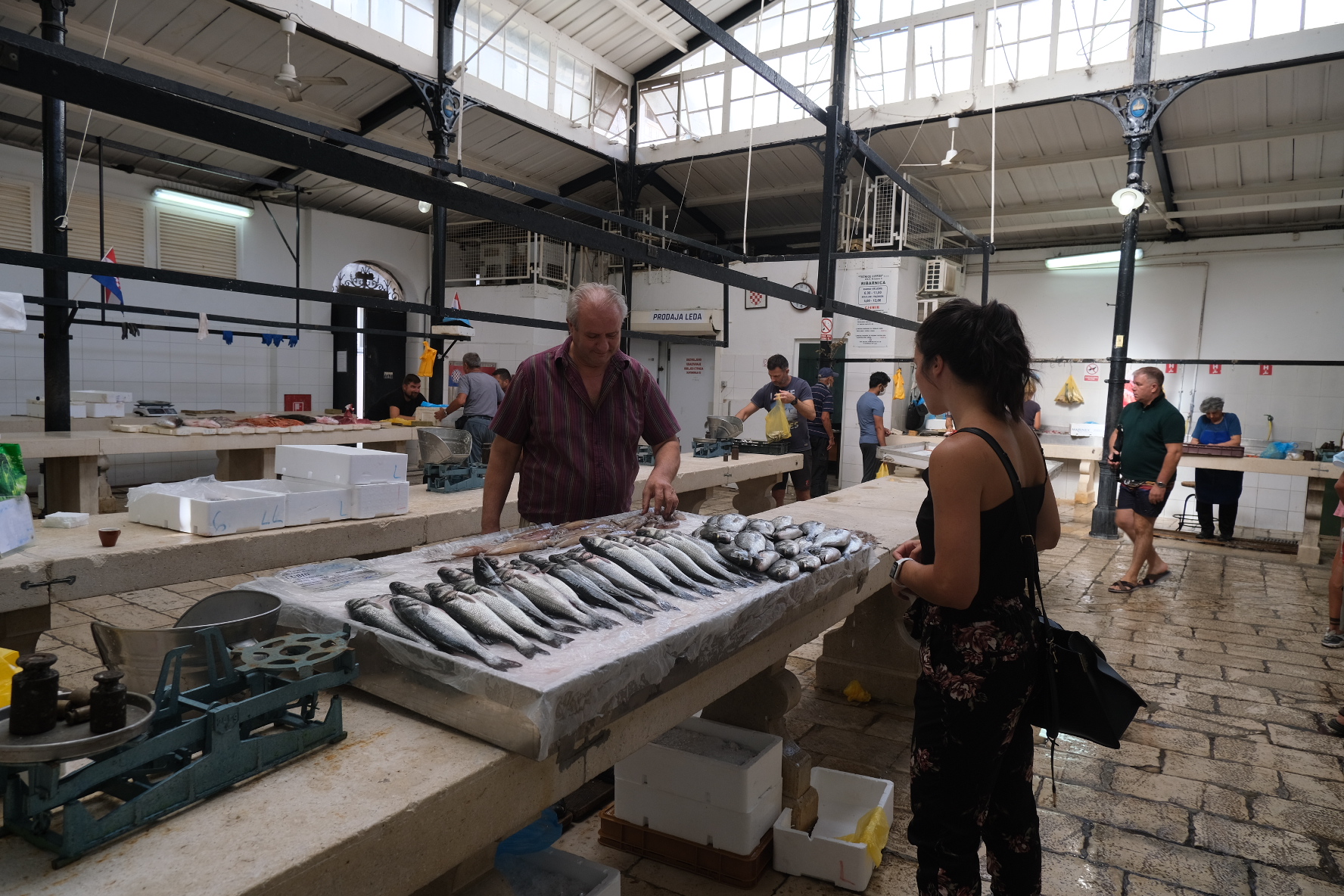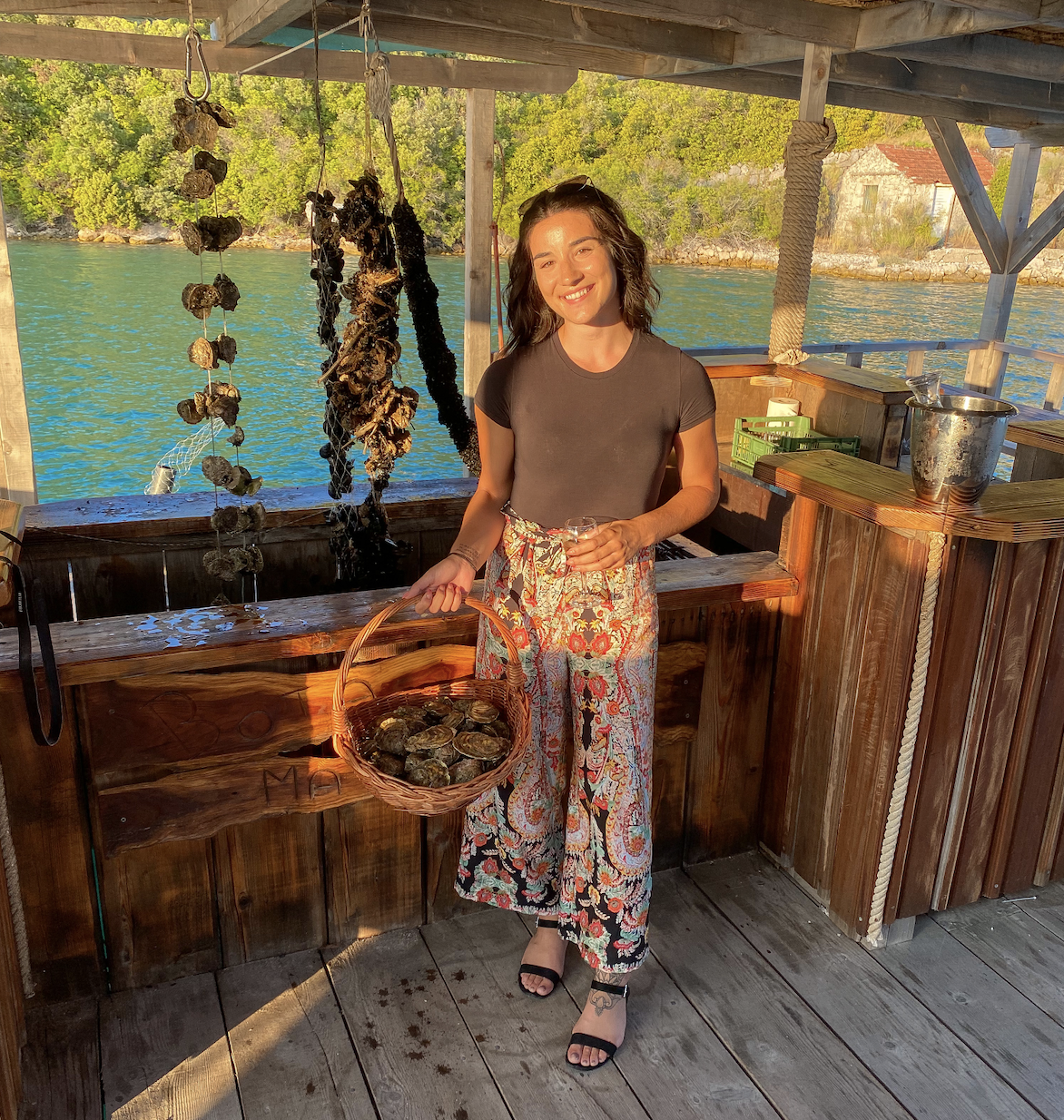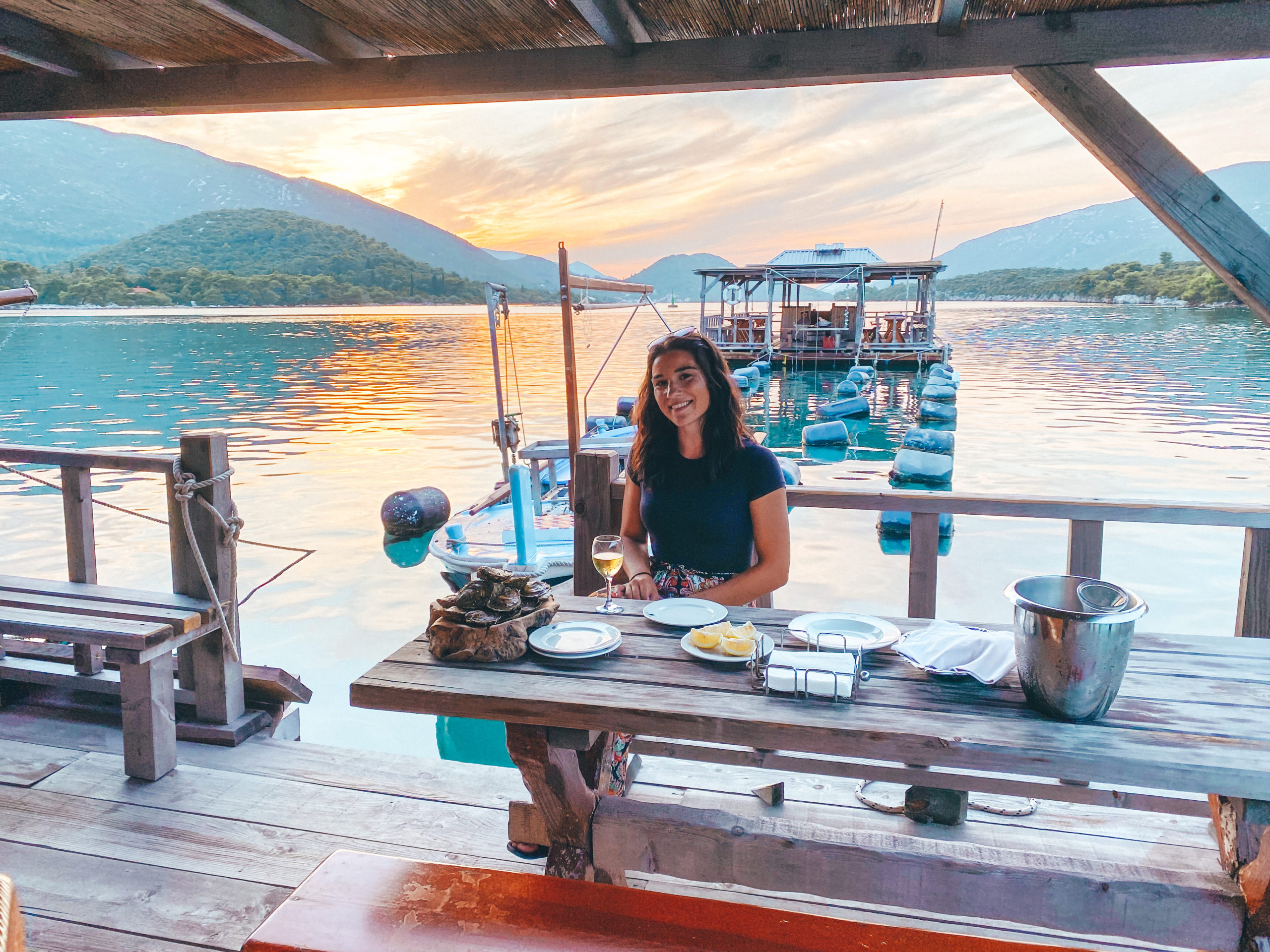
Mastering Mediterranean Cuisine in Croatia with Split Cooking Class
One of my favourite favourite travel activities are cooking classes. Beyond sight-seeing, meeting new people, walking tours, museums, and endless photo snapping for the ‘gram’, one of the best things about travel is the food. And sure, eating at a nice restaurant and munching during a food tour is great fun, but I personally enjoy taking a more hands-on approach to food travel.
At every new destination I visit, I try to find a hands-on culinary experience. There’s no better way to experience a destination’s cuisine than trying to prepare it yourself. Cooking classes provide a more intimate opportunity for travellers to immerse themselves in a region’s food and history. Plus, you also usually get to learn directly from a talented chef!
So of course, on my most recent trip to Croatia (which was heavily motivated by the Mediterranean cuisine!) I sought out a cooking class to try my hand at a few traditional Croatian dishes. Croatian cuisine was particularly interesting to me, because you can experience thousands of years of history through a single bite of food. The influence of different rulers and time periods can be seen all throughout traditional Croatian dishes. For example, Venetians have the strongest influence on Croatian cuisine because they ruled for 400 years. As a result, you see a lot of pasta, gnocchi, and seafood in traditional Croatian food. You can also see Austrian influences, which resulted in the Zagreb steak, or Croatian schnitzel. The Hungarians inspired the Croatian goulash, and of course, the French had a large influence on the development of Croatian wine.
Interested in learning more about how these cultures all blended to create Croatian food, I headed to Split, Croatia’s second largest city. I was at about the midway point of my trip when I joined a cooking experience with Split Cooking Class. At this point, I’d sampled plenty of Croatian cuisine, but I was eager to learn how to prepare them myself.
Our tour began at 9AM sharp. I met up with Chef Željko Neven Bremec just outside of Split’s Green Market, where we’d be shopping for ingredients.
The Green Market is where you can experience everyday life in Split and feel like one of the locals. The colourful outdoor market is where locals shop for their fresh produce, cured meats, and cheeses. It’s a noisy and lively place, where the flavours, aromas, atmosphere and sounds of life in Split are best experienced.
The Green Market is open every single day of the year, even major holidays, because it’s the main spot where locals buy produce. In Croatia, most supermarkets don’t have produce. That’s because Croatian people are very much “locavores”. They only buy their produce local and in-season from markets.
Everything at the Green Market in Split comes from a 20km radius of the city. There are also no fridges at the market, so the price of produce decreases as the day goes on.
Our main goal at the Green Market was to find Swiss chard. Swiss chard is one of the most popular vegetables in Croatia. In fact, Croatians love Swiss chard so much that there have been petitions to put the vegetable on the country’s coat of arms.
After we purchased our Swiss chard and a few other vegetables, we headed to “Ribernica”, aka the fish market. Similar to the Green Market, the fish market runs almost every day of the year, with exceptions for bad weather. Chef pointed out that you can easily tell if the fish at the market is wild or farmed depending on what’s being sold after a storm. After a storm, there will be no wild fish at the market because none of the fishermen will have gone out. So, anyone selling fish at the market after a storm is selling farmed fish. Which is not at all a bad thing. Croatia currently has a large aquaculture sector for a small country. They farm finfish like sea bream, sea bass, and Atlantic tuna. Of course, they also have a significant oyster and mussel farming operation in Mali Ston Bay.
The most common types of fish sold at the market are sea bream, sea bass, baby squid, carp, and tuna. Just as with produce, Croatian people eat fish very seasonally. The summer months are for whitefish and winter is for oily bluefish like tuna. Croatian people also only ever buy the whole fish because it’s the easiest way to tell how fresh the fish is.
Chef also noted that climate change and a warming ocean are having an effect on the fish market and availability of seafood in Croatia. There’s less fish at the market each summer because the Adriatic Sea gets too warm, forcing fish further away from shore. There are also fisheries in Croatia that shut down for the entire month of August because the ocean is too hot.
Luckily for us, on this Sunday morning the market was teeming with fish. We were still able to purchase some fresh, wild sea bass and baby squids for our class.
Armed with fresh produce and fish, we headed to the Split Cooking Class studio. Along the way, we learned about the history of Dalmatian cuisine and the way that food has shaped Croatia. For example, Emperor Diocletian retired from the Roman Empire because he wanted to have a big cabbage garden in his palace in Split! He traded royalty for cabbage farming.
Upon arriving at the Split Cooking Class studio, we were greeted with some wine and snacks. After that, we got down to business. Our instructor, world class Chef Zeljko Neven Bremec (who is one of the most decorated chefs in Croatia), first walked us through the preparation of fresh bread and the traditional Croatian dessert: Rozata.
After the bread was put in the oven and the desserts in the fridge to cool, we started on the main courses. I really got a taste of what it’s like to be a chef in a busy restaurant because we prepared so many dishes during our tour. Chef showed us how to break down a whole fish and preserve the head and bones to make stock for seafood risotto. He showed us the traditional way to prepare Swiss chard and potatoes and explained the importance of olive oil in Croatian cooking.
We also learned tricks of the trade, like how to keep a cutting board stabilized on the counter and the proper way to grill vegetables so they don’t stick. And as you can see, we made quite the feast! All afternoon we sipped wine and chatted about our love of food and the history of popular Croatian dishes like carpaccio and squid ink risotto.
This was easily the highlight of my time in Split. Not only did I get the opportunity to learn from a world-class chef in the kitchen, but I also got a full food and history tour of the city! And with the amount of food we got to indulge in, this class gives you a serious bang for your buck.
If you’re heading to Croatia, be sure to check out Split Cooking Class for a culinary adventure you won’t forget!
Sorry, the comment form is closed at this time.











Jeff
🔥✌🦋🌹🙏